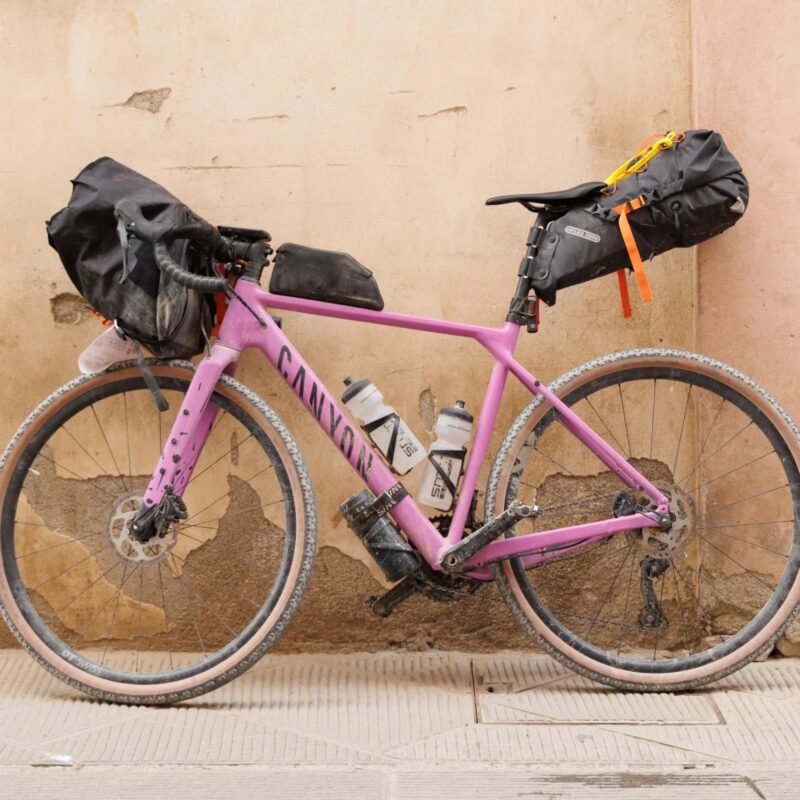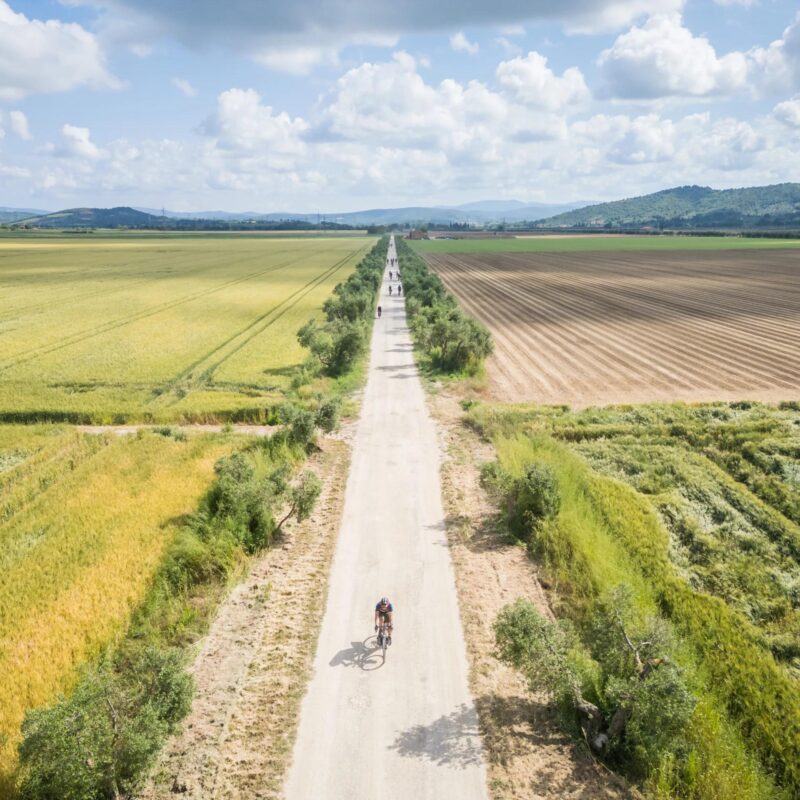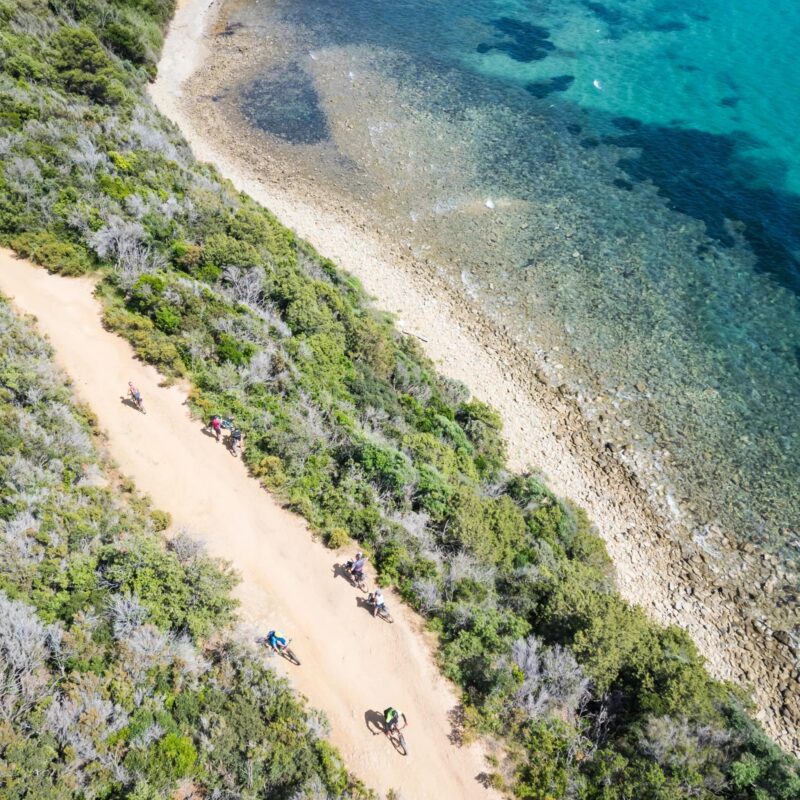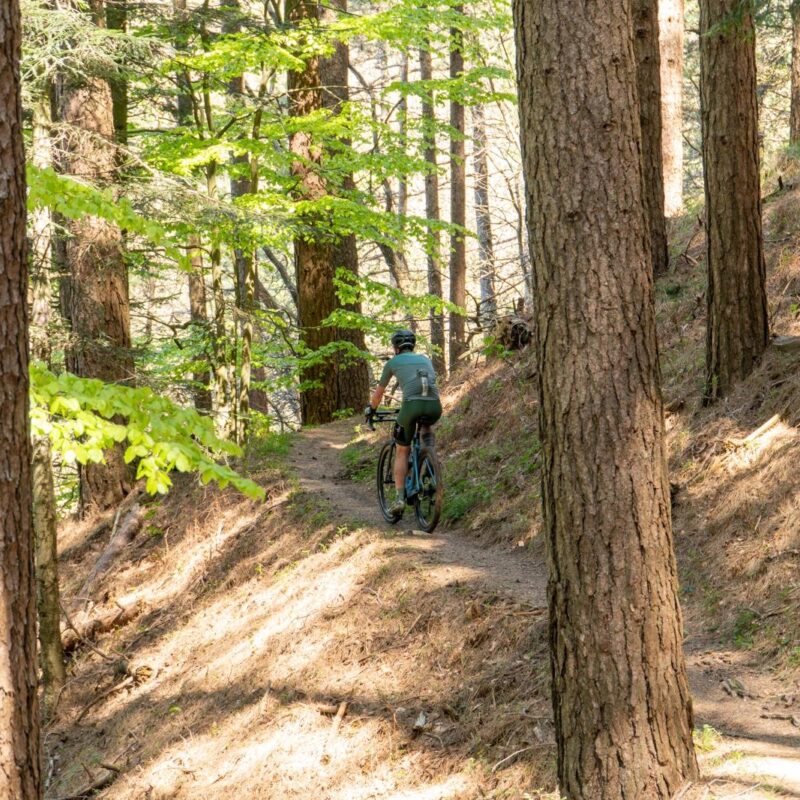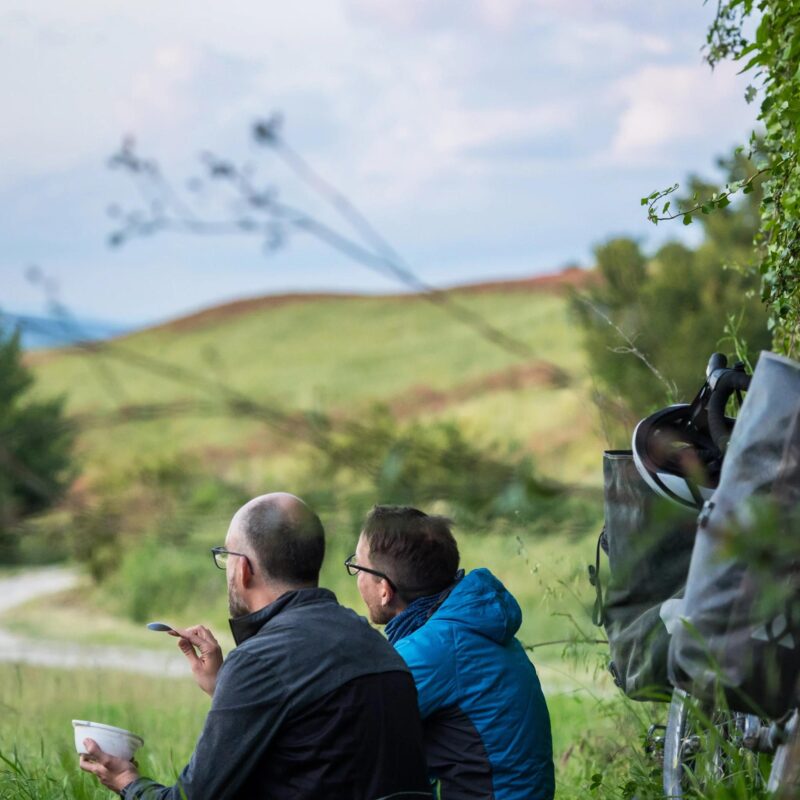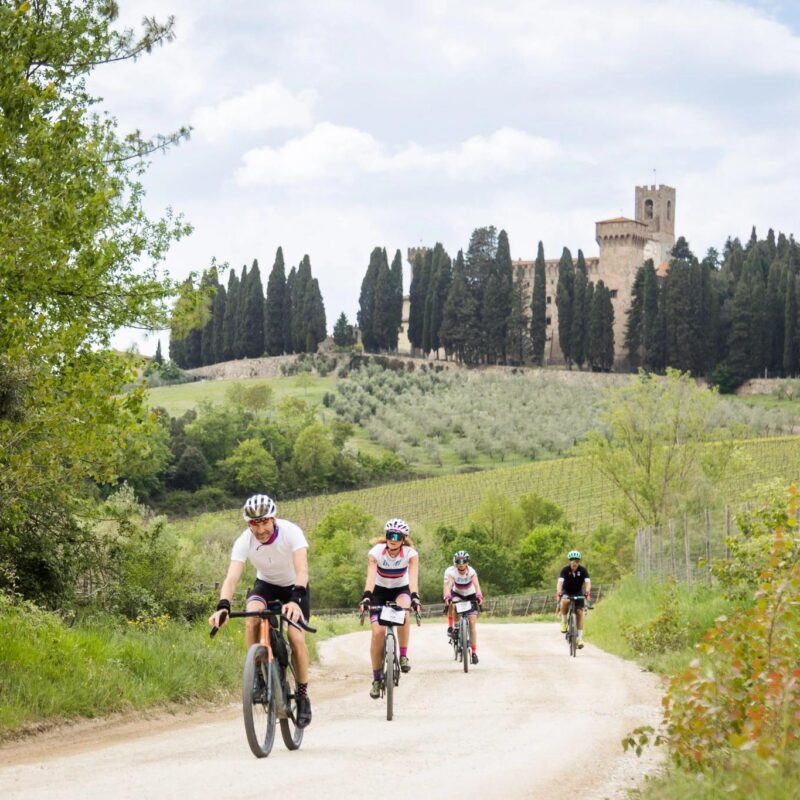The gravel bike is without a doubt the most talked-about bike right now, the only one that blends exploration, adventure, and physical challenge into one. It has become not only the trendiest bike but also the favorite among those who enjoy bikepacking.
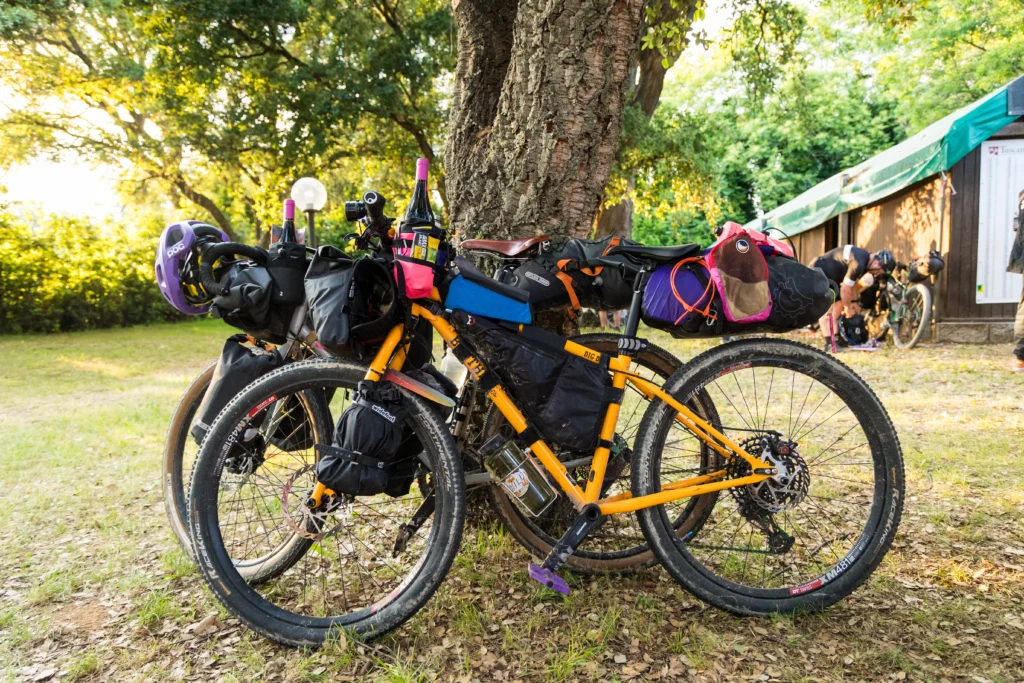
Its success stems from its promise to be fun on dirt roads while also being fast on asphalt. With a gravel bike, there’s no road you can’t travel. At least, that’s how it was initially sold to us, but are we sure? With this article, we aim to shed light on a real issue that is rarely discussed.
A do-it-all bike
The gravel bike phenomenon is now much more mature than a few years ago. Many people have this type of bike, and many use it regularly on both daily and multi-day routes.
Many who will read this article know that, in fact, the gravel bike is not the do-it-all bike, even though it was initially sold with that promise. Anyone with a gravel bike knows there are limitations on dirt tracks, and they are quite noticeable and that most importantly it’s still very difficult to find true gravel routes or to create them.
Despite this phenomenon becoming more mature, the problem of gravel tracks persists, with cyclists having the bike but not knowing where to ride it.
Let’s start with the basics: what does gravel mean?
The word, in the English dictionary, describes a particular type of road surface made of small, rounded stones, often mixed with sand. However, in recent years the definition has expanded to include all unpaved road segments.
So what is a gravel route?
For us, a true gravel route is defined not by technical criteria but by the pure joy we experience while riding. If we want a point of reference, we can think of smoothly packed dirt roads like the classic white roads of Tuscany or the dirt roads of Scandinavia.
Often, routes labeled as “gravel” turn out to be inadequate, leaning too much towards the mountain biking experience, with too technical paths, or, otherwise, being too paved, thus losing the authenticity of the gravel discipline.
How to plan a gravel route
Without getting too technical, the problem is more prevalent in countries with high human development, where over time, all the roads have been paved. Conversely, in countries where there’s a tradition of maintaining dirt roads, like in Scandinavia for example, the problem is much less significant.
Route-planning programs
In theory, online programs that automatically create gravel routes or libraries of tracks made by other users come to our aid. In practice, however, it’s not quite there yet. These tools, thankfully available, are more useful for excursions close to home, where if a problem arises, it’s easier to find an alternative to the route we’ve downloaded to our GPS.
When we want to cycle in unfamiliar places for a weekend or an entire week, the situation becomes more complicated. Unless someone has real cartography skills and uses multiple tools together, it’s never advisable to venture onto pre-built routes because there’s no 100% certainty of the route’s quality.
Some things to consider when planning a gravel route
The road surface
Sometimes, even though we’re on a double track, the surface is too rough for our gravel bike’s tires. The result is not enjoying the ride due to too much strain on the wrists and legs.
In other cases, the surface is good without particular obstacles but becomes too muddy in case of rain, as often happens on roads without a hard base made for tractors in agricultural areas.
The steep slopes
Gravel bikes, often equipped with a single chainring, don’t have enough gears, which becomes a problem when we face very steep climbs.
The monotony of the routes
Sometimes, although the route is suitable for a gravel bike, it’s really boring, like when it runs for kilometers and kilometers along riverbanks. Who remembers the first gravel world championship held in Veneto? Exactly…
In short, it’s not easy to find truly fun routes that are worth maybe a long car journey or our holidays from work.
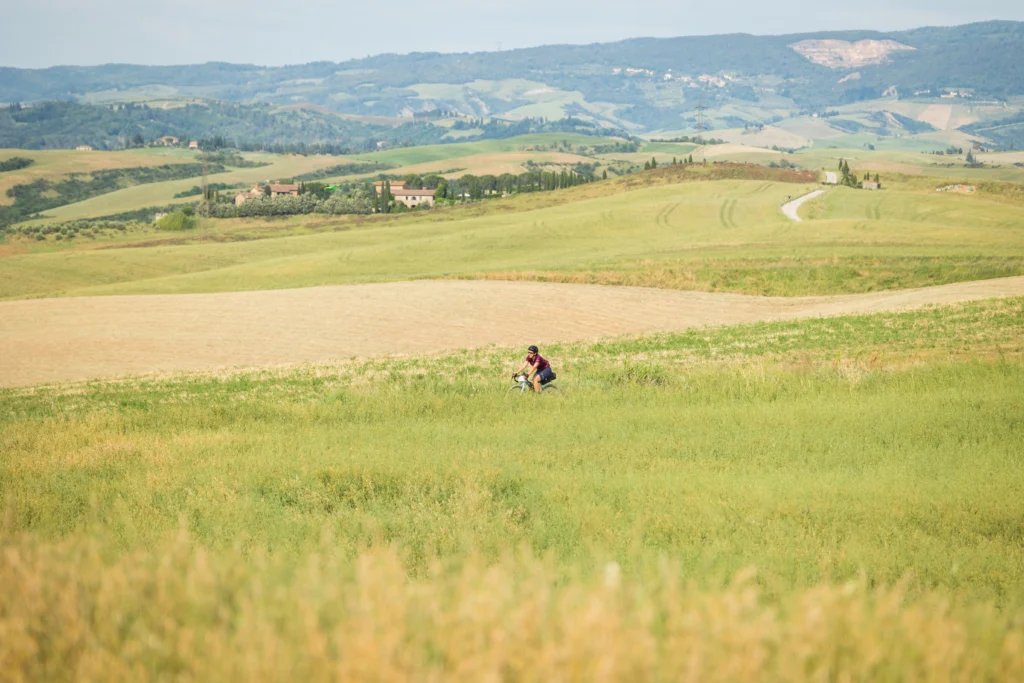
Events designed to provide an original gravel experience
These issues are among the reasons that led us to share our passion and expertise in the field and organize unique gravel events such as the Tuscany Trail, the world’s largest bikepacking event with almost 5,000 participants.
Indeed, having a true, high-quality gravel route of 470 km, it has broken through with enthusiasts, with 73% of bicycles being gravel. Year after year, more participants arrive with this type of bike. This result was made possible thanks to the enormous work of mapping and road testing carried out by the organization.
The same thing happened with the Unpaved Roads series of gravel events, with 4 annual events throughout Italy, which stands out for the quality of its routes. The 4 locations were chosen as a result of complex work lasting more than a year. Indeed, the Italian territory does not have many roads suitable for gravel bikes due to its geomorphological conformation and high urbanization.
If you’re looking for an authentic gravel experience shared with other enthusiasts like you, click here and select the event you like the most.
Where do you want to ride next?
Next events:

Tuscany Trail 2025
The biggest and original bikepacking event returns! Registration opens December 3 2025 at 11:00 am
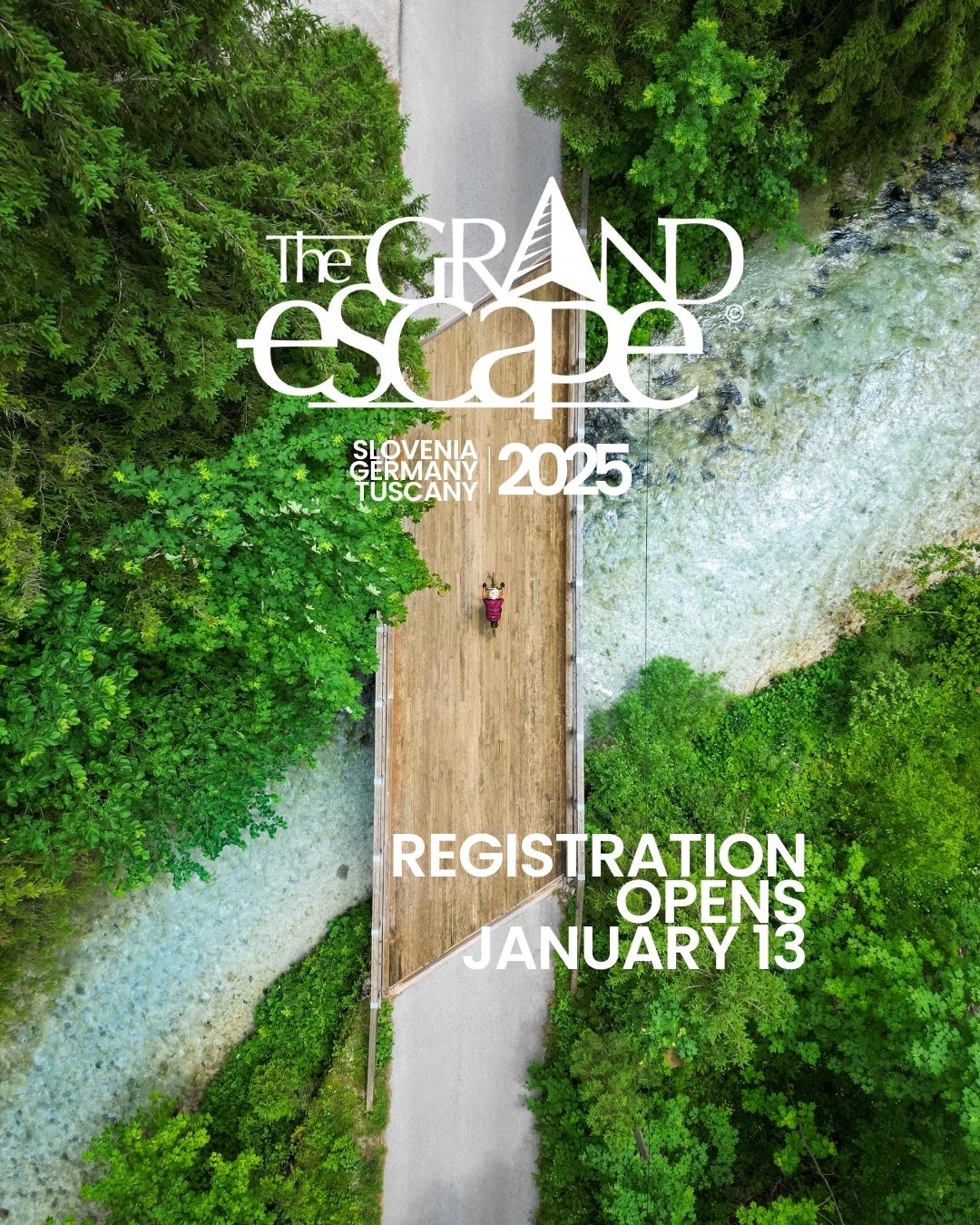
The Grand Escape 2025
Three stunning routes on the best asphalt roads in Europe. Check out this new, no race adventure:

